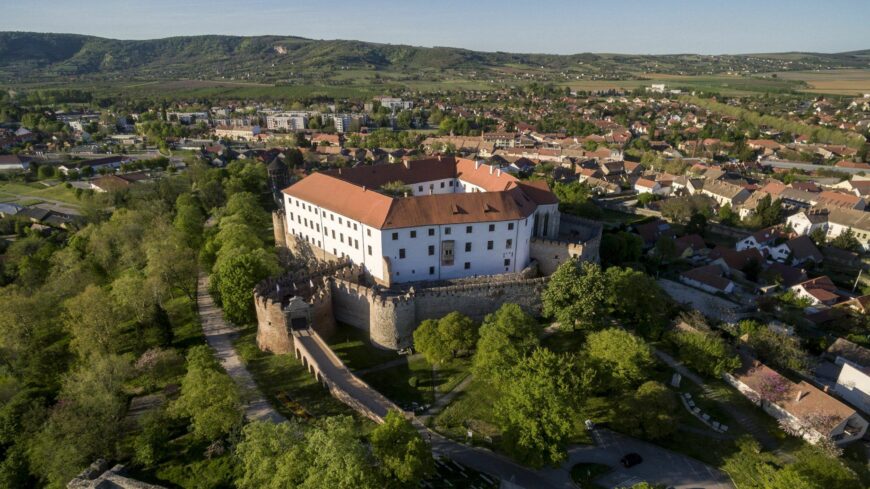As they write, with the expansion, there are currently sixty historical monuments in Hungary, whose professional umbrella organization is the National Heritage Institute.
At the suggestion of the National Memorial and Pardon Committee, based on the government's decision, three locations linked to the revolution of 1848 and the subsequent war of independence have now become historical memorial sites: the Landerer printing house, where the 12 points formulating the demands of the revolution and the National Song was printed, as well as the Isaszeg and Tapiobicske battlefields, which preserve the memory of the brightest triumphs of the freedom struggle.
In addition to these, the Szabolcs castle and church became a historical monument as the site of the synod associated with Saint László, as well as the Siklós castle, which witnessed the stormy centuries of Hungarian history and was the location of the filming of the television adventure series The Captain of Tenkes, the announcement reminds.
Gábor Móczár, the director general of the National Heritage Institute, said in connection with the expansion that he considers it extremely important that the famous sites of our history receive as much attention as possible and become part of the public consciousness not only as sites, but also as important building blocks of our Hungarianness and national identity.
" The Institute of National Heritage pays special attention to the promotion and familiarization of national and historical monuments, therefore it provides various forums for the sharing of knowledge and the transfer of the experiences of the maintainers, " added the head of NÖRI.
As he pointed out, the primary locations of the emerging National Remembrance Pedagogy Program will be national and historical memorial sites, so that high school students can learn about significant events in our history and their effects on today through experiential, experiential learning.
According to the Act on the Protection of Cultural Heritage, a historical monument is a place of decisive importance in the history of the nation or a nationality living with us, which the government declares as a historical monument by decree.
MTI
MTI Photo: Tamás Sóki













